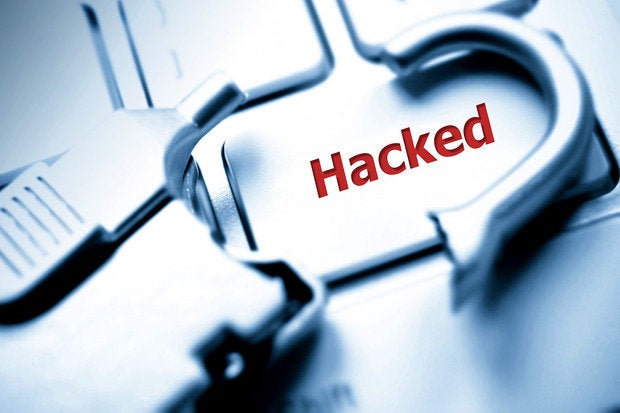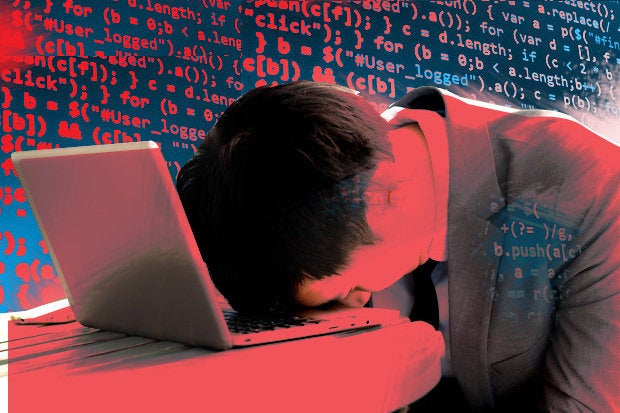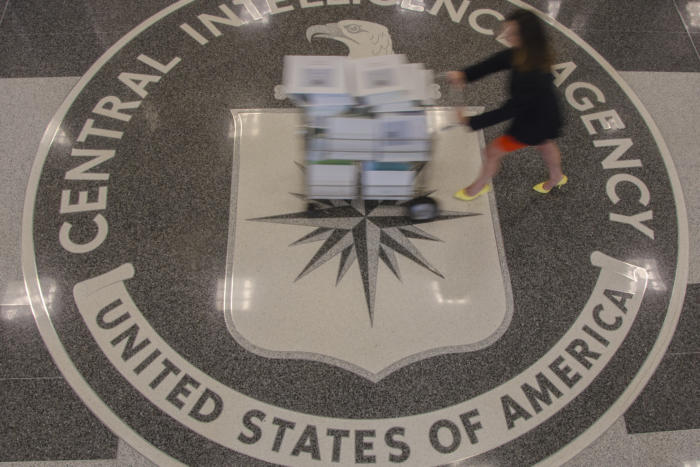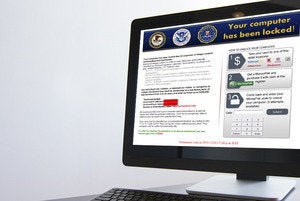DHS' ICS-CERT warns of BrickerBot: IoT malware that will brick vulnerable devices

Credit to Author: Darlene Storm| Date: Wed, 19 Apr 2017 08:21:00 -0700
Since the emergence of Mirai, you may have wondered if your IoT device has ever been infected with malware; you even may have rebooted the device which would remove the infection. But if your IoT device becomes infected with BrickerBot, you will know because the malware will “brick” it. Just the same, some people will believe the hardware failed.
Radware security researchers previously said BrickerBot malware was responsible for permanent denial of service attacks (PDoS) that would “destroy” the infected devices. PDoS, also known as “phlashing,” is “an attack that damages a system so badly that it requires replacement or reinstallation of hardware. By exploiting security flaws or misconfigurations, this type of cyberattack can destroy the firmware and/or basic functions of system.”
To read this article in full or to leave a comment, please click here






